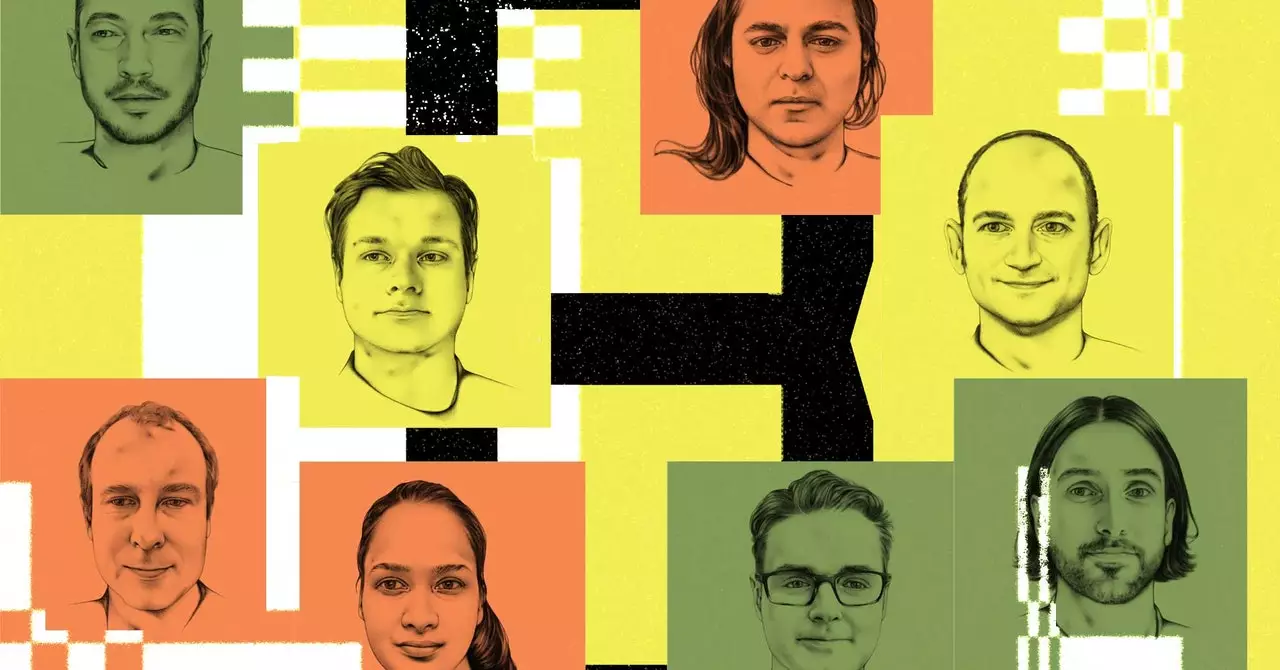The final two weeks leading up to the deadline were nothing short of chaotic for the team behind the transformer model. Despite officially having desks in Building 1945, they practically lived in Building 1965 due to the better espresso machine available in the micro-kitchen. Sleep was a luxury nobody could afford during this time. As an intern, Gomez found himself immersed in a constant debugging frenzy, while also being responsible for producing visualizations and diagrams for the paper.
In the world of AI projects, it is not uncommon to conduct ablations, which involve removing elements to determine their impact on the overall performance of the model. Gomez described the intense process of experimenting with different tricks and modules, constantly analyzing what worked and what didn’t. This iterative trial and error process resulted in what they referred to as “the transformer,” a minimalist solution that was the brainchild of their relentless efforts.
While working on the paper, Vaswani had a moment of realization that their project went beyond just machine translation. He saw a connection between the intricate patterns on the curtains in the office and the complexities of synapses and neurons in the brain. This epiphany led him to believe that their work had the potential to unify various modalities such as speech, audio, and vision under a single architecture.
Despite being seen as just another interesting AI project within Google, the team knew they were onto something significant. Their vision extended far beyond text-based translation, as they anticipated applying transformer models to a wide range of human expressions, including images, audio, and video. This ambitious approach caused them to obsess over the future implications of their work and focus on how to push the boundaries of AI.
As the deadline approached, the team realized they needed a title for their groundbreaking work. Drawing inspiration from The Beatles’ iconic song “All You Need Is Love,” they decided on a bold and unconventional title: “Attention Is All You Need.” This title symbolized their departure from traditional practices, particularly the reliance on Long Short-Term Memory (LSTM) models, in favor of the attention mechanism.
In the final hours leading up to the deadline, the team was still collecting results from their experiments. The pressure was mounting, with the English-French translation numbers coming in just minutes before the submission deadline. With barely two minutes left on the clock, they sent off their paper, marking a monumental moment in the world of AI research.
Through sheer determination, relentless experimentation, and unwavering belief in the potential of their work, the team behind the transformer model revolutionized the field of artificial intelligence. Their story serves as a testament to the power of collaboration, innovation, and pushing the boundaries of what is possible in the world of technology.


Leave a Reply